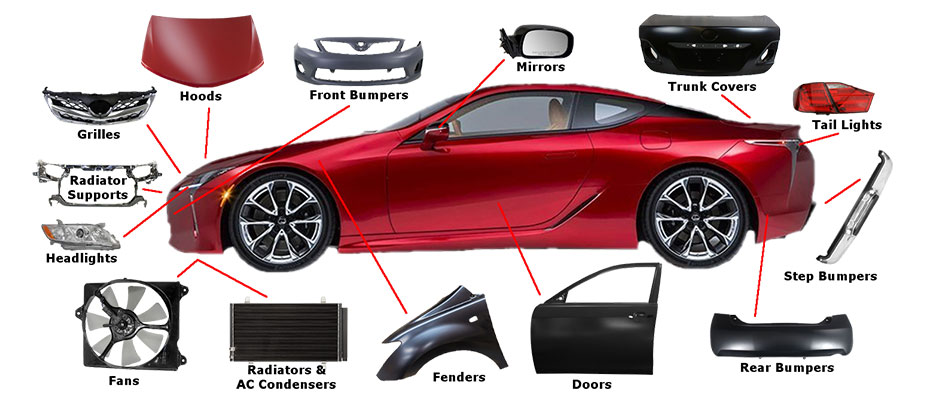
Each wrong part costs our employees a minimum of 30 minutes.
Associated Collision Center wants you to be safe and aware, this blog contains great info on Each wrong part costs our employees a minimum of 30 minutes..
For many shops in the country, missing or wrong parts are found in the repair process or during assembly. Following well-defined processes is one the primary keys to the high profitability kingdom. My lean sensei taught me, “Our processes need to be so well defined that a monkey could do it.” Granted, our people are not treated like monkeys, but when our processes are created by the people who are doing the work and are defined in a simple way, the less variation (problems) we will have. It’s as certain as the sun rises!
When the parts arrive for a fully blueprinted vehicle, they must have a thorough check-in process the day of arrival. We call this process our “Mirror-Matching” process. This written process must be followed line by line & word for word every time. Here is our abbreviated version:
- Receive parts invoices from vendors.
- Mirror-match old parts to new parts side by side/upside down.
- Remove all stickers after part confirmation.
- Transfer all bulbs, hardware, modules etc. from old parts to new parts.
- Re-box all cores and attach credit slips.
- Trash ALL old parts and packaging.
- Apply any necessary seam sealer to new panels and photos for the file.
- Pre-build all non-painted truck bumpers, grilles, washer tanks etc.
- Plug in new headlamps/taillamps to confirm they work.
- Install all SRS components and cooling now except for vehicles needing front structure repair.
- Move car to visual next up queue to start body work.
- Pre-close job.
Any needed photos for the build process of wiring harness routings and emblem locations are taken during Blueprint. Otherwise, there is not one good reason to keep the old parts. NOT ONE! Be a leader and slaughter those sacred cows. Disclaimer: My state doesn’t require us to keep the old parts. Old bumper ends are attached to new bumpers for painters to use as test panels for color match when we’re not painting the fenders or quarters. Mirror-matched parts are placed on the R&I cart and this cart then follows the car through the process. Our entire shop is clock hour with a global bonus program. Anything that can be done upstream to speed up reassembly MUST be done. Why? If we find a problem in Mirror Matching, we have just prevented the money-printing conveyor belt from stopping printing $ when a car can’t go home. Five out of my nine employees are trained in mirror-matching parts. This cross-training helps eliminate the expense of a designated parts person.
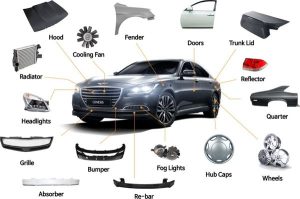 There is a crucial KPI that should be tracked by every shop. This metric is the Parts Return Ratio, which is the percentage of the parts we order must be returned. A good benchmark is no more than 5% returns in dollars of total parts purchased per month, excluding cores, of course. I know we are in crazy times trying to get parts from multiple dealers, strikes, etc., but stay focused here. The Parts Return Ratio is a good bellwether of a shop’s high or low profitability. If your shop’s part returns are above 5%, that is a red flag that the processes of estimating, blueprinting, and more need a major overhaul. The problem could lie in ordering parts off an insurer’s parking lot estimate, front-end estimators just winging it, poor Blueprinting, and not reading OEM procedures. Most shops, unfortunately, have no clue of the cost in time of each returned part. Most management systems are set up for Part Return Reasons, and by applying a Pareto chart (roughly, 80% of consequences come from 20% of causes), you can conquer the biggest problem first.
There is a crucial KPI that should be tracked by every shop. This metric is the Parts Return Ratio, which is the percentage of the parts we order must be returned. A good benchmark is no more than 5% returns in dollars of total parts purchased per month, excluding cores, of course. I know we are in crazy times trying to get parts from multiple dealers, strikes, etc., but stay focused here. The Parts Return Ratio is a good bellwether of a shop’s high or low profitability. If your shop’s part returns are above 5%, that is a red flag that the processes of estimating, blueprinting, and more need a major overhaul. The problem could lie in ordering parts off an insurer’s parking lot estimate, front-end estimators just winging it, poor Blueprinting, and not reading OEM procedures. Most shops, unfortunately, have no clue of the cost in time of each returned part. Most management systems are set up for Part Return Reasons, and by applying a Pareto chart (roughly, 80% of consequences come from 20% of causes), you can conquer the biggest problem first.
Each wrong part costs our employees a minimum of 30 minutes. Sit down with your parts and accounting department. Then write down every step on a whiteboard needed to return a wrong part and order a correct one, along with the time associated for each step. Granted, damaged and wrong parts sent by vendors are inevitable, but most returns are our fault. Of course, don’t order parts for a borderline total. If we have just three returned parts per day, that’s 1.5 hours that have been a total waste by our people. With 21 days per month x 1.5 hours, that’s 31.5 clock hours wasted per month, or 378 hours per year, just because of the wrong parts being ordered!! More importantly, having the wrong parts means the car likely can’t be put into production. And idle inventory is the queen mother of all wastes. I’ll leave you with some homework: Go into your management system and see if you are under the goal of 5% returns or less (excluding cores). If you’re above 5%, then it’s time for a constructive problem-solving discussion with the entire team. Another good metric to monitor is the number of OEM invoices per RO. Anything above one per vendor is an area of needed improvement.
What to know more? please visit our last month’s Vehicle is Almost Complete, but Autobody Shop Cannot Finish. All Blog listing can be found here.

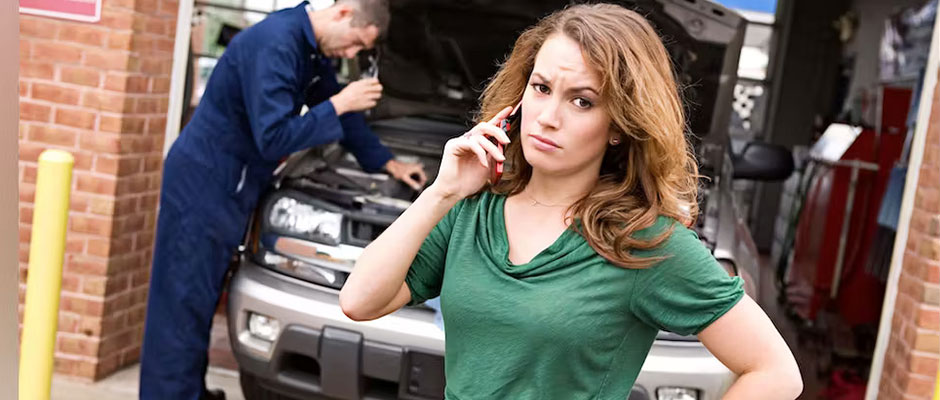

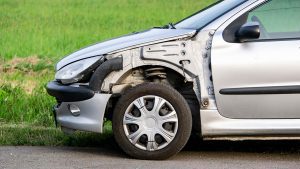

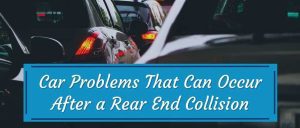
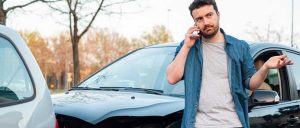
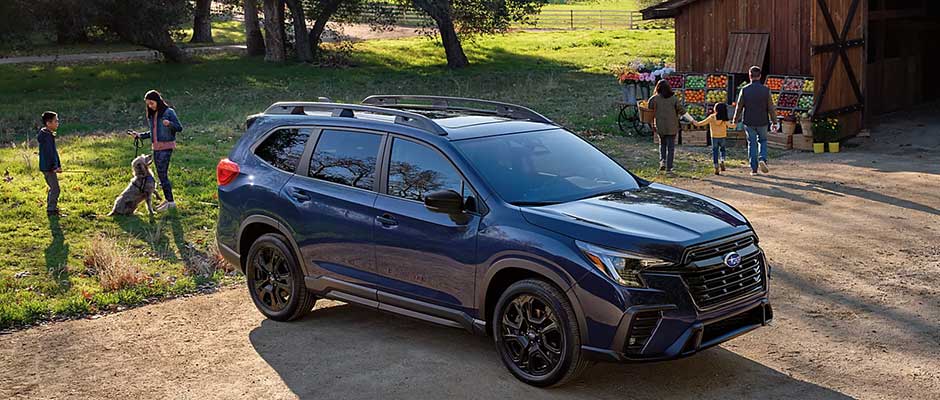
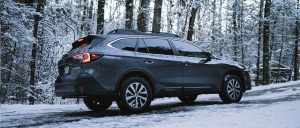


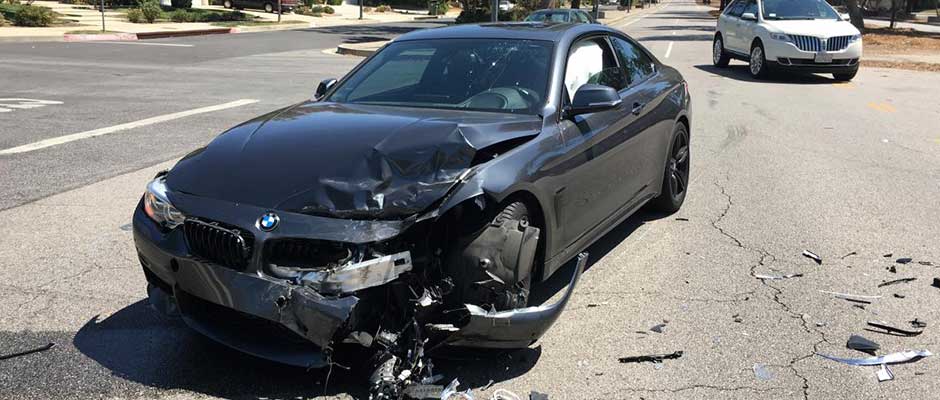
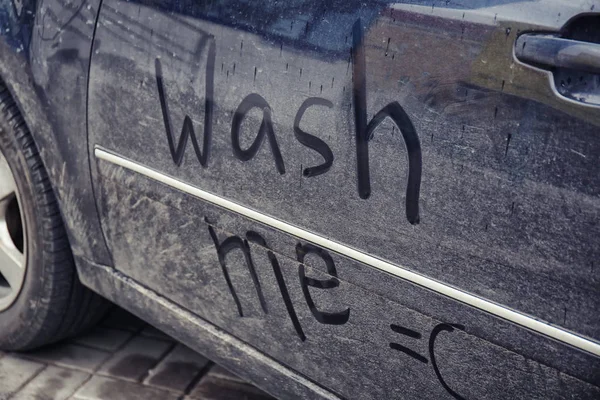


Recent Comments